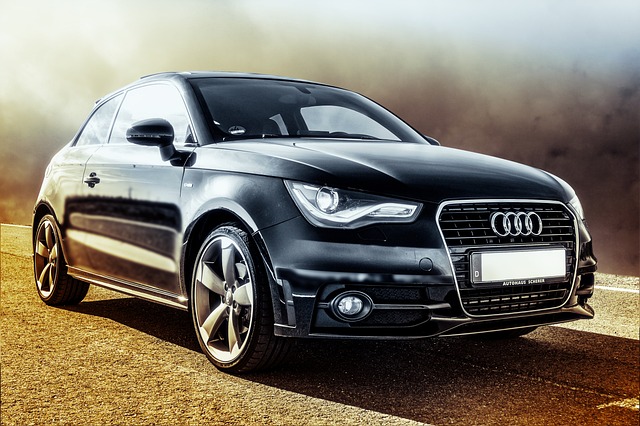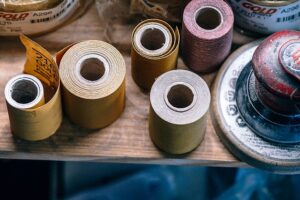
Transform Your Vehicle: A Beginner’s Guide to Car Wrap Installation
If you’re looking to give your vehicle a stunning new look while protecting its original paintwork, car wrap installation is an excellent choice. This guide will walk you through the essentials of car wrap installation, making it accessible for beginners. Let’s dive in!
What is Car Wrapping?
Car wrapping involves applying a large vinyl graphic or decal over the original paint of the vehicle. This process not only changes the aesthetic appeal of the vehicle but also serves as a protective layer against scratches, UV rays, and other environmental factors.
Benefits of Car Wrap Installation
- Customizable: Choose from a wide variety of colors, finishes, and designs.
- Protective: Protects the original paintwork from damage and fading.
- Cost-Effective: More affordable than a full paint job and can be removed easily.
- Temporary: Ideal for those who want to change their vehicle’s look without committing to a permanent change.
Essential Tools and Materials
Before you start your car wrap installation, gather the following tools and materials:
- Vinyl Wrap: Choose high-quality vinyl that suits your style.
- Application Tools: Squeegee, utility knife, and a heat gun are essential.
- Cleaning Supplies: Isopropyl alcohol, microfiber cloths, and a spray bottle.
- Measuring Tools: Tape measure and a ruler for precise cutting.
Preparing Your Vehicle
Proper preparation is crucial for successful car wrap installation. Follow these steps:
- Wash Your Car: Use soap and water to thoroughly clean the surface. Remove any dirt, grime, and wax.
- Dry the Surface: Ensure that the vehicle is completely dry before applying the wrap.
- Remove Any Obstacles: Take off handles, mirrors, and any other parts that might get in the way of the wrap.
- Inspect the Surface: Look for scratches or imperfections that may need to be addressed before wrapping.
Step-by-Step Car Wrap Installation
Now that your vehicle is prepped, follow these steps for the actual installation:
- Measure and Cut: Measure the sections of your vehicle you want to wrap and cut the vinyl accordingly, leaving a bit of excess for adjustments.
- Heat the Vinyl: Use a heat gun to warm the vinyl slightly, making it more pliable. This is particularly important for curved surfaces.
- Position the Vinyl: Place the vinyl on the desired area, ensuring it is aligned correctly before making contact.
- Squeegee the Vinyl: Starting from the center, use a squeegee to push out air bubbles and adhere the vinyl to the surface. Work your way outwards.
- Trim Excess Vinyl: Once the wrap is in place, use a utility knife to carefully trim the excess vinyl around edges and curves.
- Final Touches: Heat any edges to ensure they stick well and check for any air bubbles that need to be smoothed out.
Post-Installation Care
After your car wrap installation, proper care will help maintain its look:
- Avoid Car Washes: For the first two weeks, avoid automatic car washes. Hand washes are preferable.
- Use Mild Soap: When cleaning, use a mild soap and soft cloth to avoid damaging the wrap.
- Park in Shade: Whenever possible, park in shaded areas to protect the wrap from prolonged sun exposure.
Conclusion
Car wrap installation is an exciting way to personalize your vehicle and protect its paintwork. With the right tools, preparation, and technique, even beginners can achieve professional-looking results. Whether you want to make a bold statement or simply refresh your vehicle’s appearance, wrapping is a fantastic option. Now, get ready to transform your ride!






